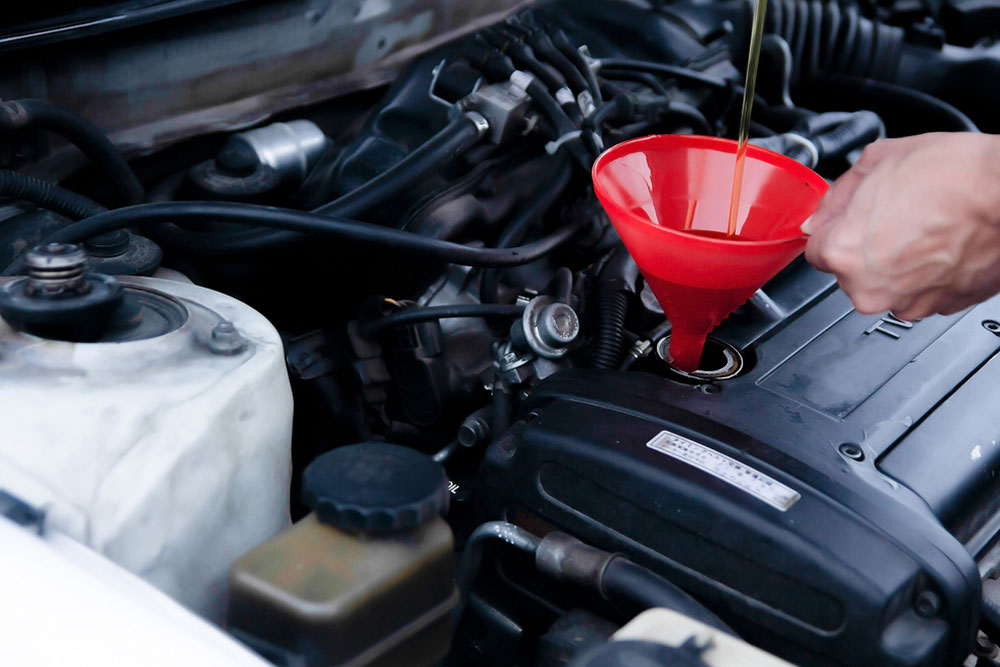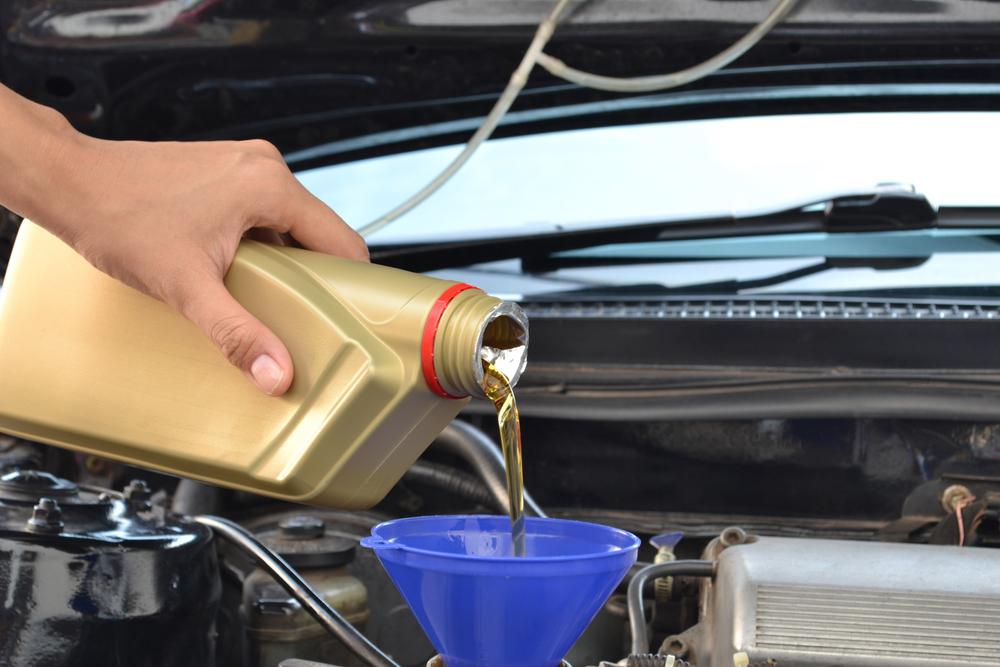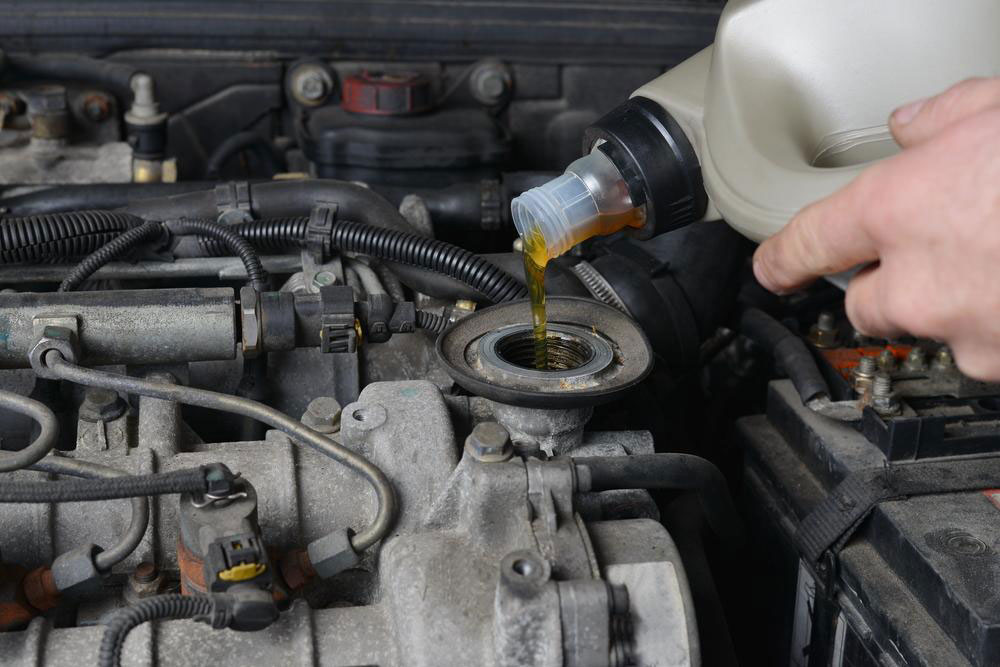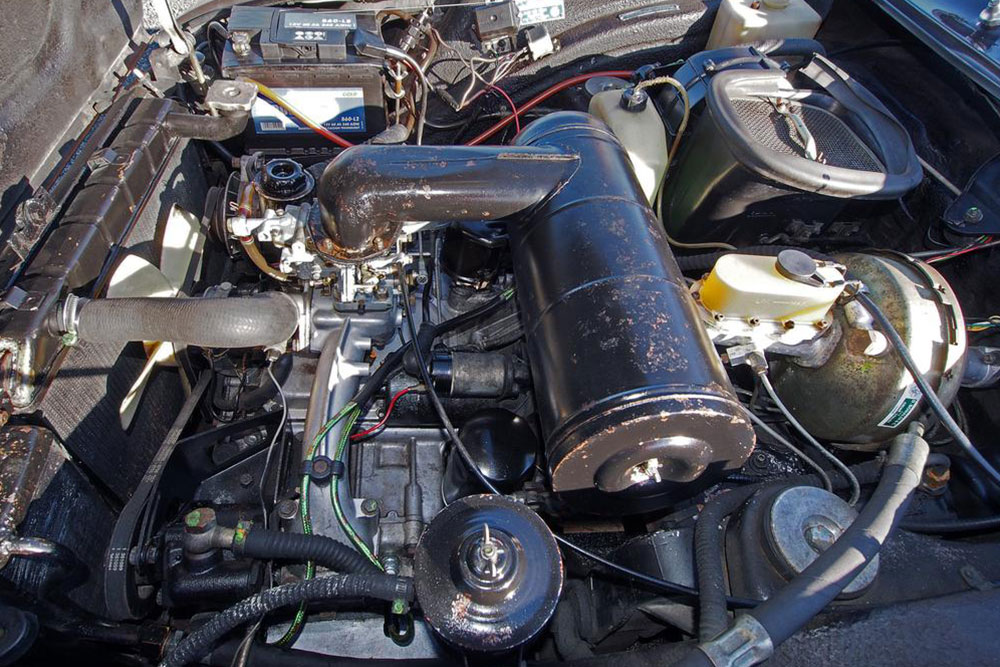Comprehensive Guide to Engine Lubricants: FAQs and Maintenance Strategies
This comprehensive guide explores frequently asked questions about engine oils, including why regular oil changes are vital, how to interpret oil viscosity numbers, the importance of chemical flushes, signs of oil contamination, and benefits of synthetic oils. It offers practical maintenance tips tailored for vehicle owners aiming to enhance engine performance and longevity, especially in older vehicles or high-performance cars. Proper lubrication is key to engine health, and understanding these essential aspects helps car owners make informed decisions to prevent costly repairs and ensure optimal operation. Stay ahead in vehicle maintenance with expert insights and recommended practices.

In-Depth Insights into Engine Oil Essentials and Maintenance Best Practices
Maintaining your vehicle's engine health is crucial for ensuring reliable performance and extending its lifespan. One of the key aspects of engine maintenance is understanding the role of engine oils, their types, proper replacement intervals, and how to spot potential issues early. Whether you're a seasoned car owner or new to vehicle care, this comprehensive guide covers all frequently asked questions related to engine lubricants, offering practical tips to keep your engine running smoothly and efficiently.
Why Is Regular Oil Replacement Especially Important for Older Vehicles?
As vehicles age, their engines tend to accumulate more debris, metal shavings, and contaminants due to wear and tear. Changing the engine oil regularly helps remove these impurities, which if left unchecked, can lead to significant engine problems. Old, degraded oil diminishes lubrication efficiency, causes increased friction, and accelerates engine wear. For older cars, adhering to recommended oil change schedules becomes even more critical to preserve engine longevity, improve fuel economy, and prevent costly repairs. Neglecting these maintenance steps can result in increased fuel consumption, engine overheating, and even catastrophic failure that could render the vehicle inoperable.
Deciphering the Numerical Markings on Engine Oil Containers
When purchasing engine oils, you'll notice numbers such as 10W-40 or 5W-30 printed on the bottles. These figures are vital for selecting the right lubricant for your vehicle. The first number, followed by a 'W', refers to how the oil flows at low temperatures—its cold-start viscosity. The lower this number, the better the oil flows in cold conditions, aiding easier starting and faster lubrication during cold starts. The second number indicates the oil's viscosity at high temperatures, reflecting its ability to maintain film strength and prevent breakdown under engine heat. Choosing an oil with the correct viscosity ensures optimal engine performance, fuel efficiency, and protection against wear according to your vehicle’s specifications.
Are Chemical Engine Flushes Necessary? What Services Do They Include?
Chemical flushes are specialized cleaning treatments used periodically to remove sludge, oxidation, and deposits accumulated inside the engine or transmission system. While standard oils protect engine components regularly, over time, internal parts like valves, pistons, and transmission internals can become contaminated with deposits that impair function. These flushes involve introducing a cleaning solvent into the system, which dissolves buildup, followed by thorough flushing with clean oil or fluid. This process restores internal cleanliness, improves oil flow, and helps maintain optimal performance and efficiency. It's advisable to seek professional assessment on whether your vehicle requires a chemical flush, especially if performance issues or abnormal noises are observed.
What Does Milky or Brownish Engine Oil Signal?
If your engine oil appears milky or brownish, this could be a warning sign of underlying problems. Milky or frothy oil often indicates coolant has leaked into the oil system, a condition typically caused by a damaged head gasket, cracked engine block, or cooling system failure. This contamination can severely impair lubrication and cause overheating, ultimately damaging engine internals. Immediate inspection and repair are critical to prevent significant engine damage. Conversely, brown, sludge-like oil suggests excessive oxidation and varnish buildup, which can hinder proper lubrication and accelerate wear. Regular oil changes and use of quality lubricants are vital in preventing such issues and maintaining engine health.
Why Choose Synthetic Motor Oils Over Conventional Types?
Synthetic motor oils are engineered through advanced chemical processes to deliver superior performance compared to conventional mineral oils. They excel at maintaining viscosity across a broad temperature range, providing excellent lubrication even in extreme cold or heat conditions. For engines with turbochargers or high-performance components, synthetic oils offer enhanced protection against wear, oxidation, and sludge formation. Although their initial cost is higher, synthetic oils extend oil change intervals, improve fuel efficiency, and reduce engine deposits, making them cost-effective in the long run. They are particularly recommended for modern, high-performance, or demanding vehicle applications where engine longevity and efficiency are prioritized.





